Different Mining Equipment Used in Surface and Underground Mining- Details
Caption: India's mining sector is one of the country's most important industries. Many key industries rely on it for essential raw resources. India is the world's second-largest coal producer and has the world's fifth-largest coal reserves. It is a net exporter of finished steel and has the potential to dominate certain steel grades.
Over the last few decades, the mining industry has had to deal with a difficult operating environment. Improving productivity to combat natural reasons such as declining ore grades, deeper deposits, and harder rock mass, as well as growing environmental and social consciousness, has pushed the industry to constantly improve its processes across the value chain. In this regard, innovation is crucial. With the Innovation in mining industry, mining equipment are also getting smarter.
The activity of management and management of machinery for minerals within mining operations has an impact on the overall cost of operation, owing to the huge volume and variability of resources involved. This activity is the focus of a great number of technical advancements, both because of its relevance in terms of operating costs and the number of phases involved.
The type of mining required and the equipment utilised are determined by the environment and the type of material mined. There are three main steps in both surface and subterranean mining:
· Extraction is the process of removing resources from a mine site by drilling, blasting, or excavating.
· Material handling entails sorting and loading commodities for transport to either a disposal location or a processing facility.
· Material processing: In order to turn mined ore or other items into finished products, the final stage involves grinding, separating, crushing, refining, and smelting them at an off-site plant.
Surface mining, which employs a variety of processes, is the most frequent method for extracting non-fuel minerals, accounting for 97 percent of total production. Surface extraction is used by miners for minerals that are close to the surface. On the surface, there are three major ways to mine. Quarrying, open-pit mining, and strip mining are examples of these methods.
Miners may cut blocks of hard stone for decorative reasons, such as granite for construction, in quarrying. Quarrying, on the other hand, can refer to the extraction of gravel, crushed stone, and sand utilising procedures comparable to open-pit mining.
Open-pit mining entails digging a big hole in the ground and extracting the required material from it. Miners may use this approach to recover silver from the soil. Underground silver mining is the other method. The initial stage in building an open pit is sometimes demolishing a hilltop with explosives to reveal the rocky materials beneath. For this process, rotary drills are used to create the holes that will be used to insert the explosives.
Strip mining is the third sort of surface mining, and it involves extracting thin layers of coal from near the surface. Strip mining is included here to fill out the three types of surface mining utilised around the world.
Equipment Used in Open Pit Mining
Dragline Excavators
Since, it is a large excavation machine, it is built where it will be used, in mining and civil engineering, to move large amounts of material. It is especially useful in flooded areas, such as for port construction. Its weight easily exceeds 2,000 tonnes, reaching 13,000 tonnes in some cases.
The dragline is made up of the following components:
· The main structure, which is in the shape of a box and rotates. The motor, whether diesel or electric, and the cockpit are both located here.
· The loader is supported by a movable arm or mast.
· Through cables and ropes, the loader is held vertically to the main arm and horizontally to the main framework.
· Cables, ropes, and chains that allow the excavation process to be manoeuvred.
· Because the tanks' wheels or caterpillars will sink, it has metal feet.
Excavator Shovels: Excavator shovel or mechanical shovel is a self-propelled machine that excavates land or loads, lifts, rotates, and unloads materials by the action of the spoon, fixed to a set formed by boom and arm or rocker arm, without the supporting structure or chassis moving.
Bucket Wheel Excavator: It is a continuous productionmachine in which the functions of starting, loading, and transport are divided inside it, with the first two being performed by an impeller and the last by a conveyor belt system.
It has the capacity to extract 240,000 tonnes of coal or 240,000 cubic metres of wastewater each day, enough to fill a 30-meter-deep soccer field. A day's worth of coal would fill 2,400 coal cars.
Tractor Scrappers: This machine is for carrying earth from one direction to another, as seen in the image. It is not designed to transport a big amount of land, but rather to carry certain items that are released by the earth as it moves.
Bulldozer: It's a bulldozer that's primarily used for earthmoving, digging, and pushing other machinery. Although the blade provides for vertical elevation movement, this machine does not allow for the loading of materials onto trucks or hoppers, therefore the earth is moved by dragging.
Mining Trucks: The trucks have specialised and adopted a number of characteristics of the work to which they are assigned in the mines, bringing ore and sterile to the dump. A supporting chassis, usually a structural frame, a cabin, and a structure to convey the weight make up the majority of the construction.
These mining vehicles, unlike typical trucks, feature extra-large tyres to support huge loads across rough terrain commonly seen near surface mines. Furthermore, these trucks have large payload capacity to accommodate the need to transport heavy mined minerals or ore away from the site. While hauling huge loads, large mining trucks must also function in the most harsh conditions: cold, heat, heavy dust, high altitudes, and steep slopes.
Underground Mining
Removing minerals, ore, metals, or other items from deep underground necessitates a variety of processes. Mining can be done with either hard or soft rock, and each requires different instruments to extract the resources. For example, instruments designed for digging soft materials may not be powerful enough to cut through hard rock.
To ensure the safety of underground miners, mining equipment is used to automate procedures and use zero-emission vehicles. There are different types of underground mining are as follows.
· Room and pillar mining: Miners dig out the rest of the needed material from the space while creating ore pillars to support the ceiling. Instead of workers, this system might use a continuous mining machine to extract material.
· This sort of mining follows room and pillar mining until the room's mining is complete. To enhance material recovery, this procedure eliminates the pillars for their ore content.
· Blast mining is a method of removing hard rock from both underground and surface mines by using explosives to dislodge rocks and open mining spaces.
Equipment Used in Underground Mining
Extraction of soft rock mines, such as coal, does not necessitate the use of explosives. The mining tools given by contemporary technology can be used to cut these rocks. Salt, potash, and bauxite are examples of soft rocks.
Drilling and blasting are used in hard rock mines to recover the minerals. Compressed air or hydraulic drills are used to make the first holes. Then holes are drilled into the holes, and the rock is fractured by an explosion. The blasted rock is transported into galleries that are steeply sloped and lead to an access shaft. It is loaded into ladles and removed from the mine in this manner.
Mining Drills: Its technical term is jumbo drilling, and its primary duty is to drill work fronts in preparation for later trimming. This equipment is very effective and dependable, and its working duration is considerably shorter than in the past, which is why it is so helpful in increasing and ensuring productivity.
Rotary drill rigs pierce rock or soil, allowing charges to be placed for blasting open mines. One of the two primary types of drills used in mining is the rotary drill rig. A percussion or hammer drill is the other type. The drill bit on a rotary drill rig spins under pressure to cut through the rock. The rock grinds down as the bit revolves, while compressed air pushes it back up the drill to the top, keeping the hole and bit clean.
Underground Loaders: These loaders are called in after the work front has been blasted. This team's job is to transport the material from the forehead to a marine collection point or to pits to be emptied.
To operate in limited places, underground mining trucks and loaders require specific operating characteristics. Furthermore, these vehicles are unable to emit pollutants in the enclosed environment of a mine. As a result, ordinary surface mining trucks will not suffice for subterranean work. Underground mining trucks and loaders have specifically designed engines that emit no pollution while still having enough power to move tonnes of rock.
Crane Lifts: Equipment utilised to satisfy the needs of personnel on the work fronts, whether for explosives loading or fortification, is extremely beneficial to the progress of the work that must be done at height.
Shotcrete Machine: This mechanical equipment is used to project shotcrete, either wet or dry, and it greatly simplifies the process of projecting this material, allowing for more progress and quality in the work to be done.
Each sort of mining equipment has its own set of mining activities associated with it. The most prevalent forms of mining equipment differ depending on whether the operation is done above or below ground, and whether the gold, metals, coal, or crude oil are being mined. Heavy equipment for mining must be able to generate the lowest cost per tonne transported while adhering to strict safety regulations. As a result, several manufacturers have been working to improve their equipment in order to deliver more production and lower running costs. Similarly, it aspires to offer superior control capabilities and operator comfort, as well as excellent safety standards, all of which are highly appreciated by mining clients.
In this regard, technology has steadily improved the productivity and safety of heavy machinery over time.
Technological Advancement in Mining Equipment
Technology improves at a breakneck pace, and as a result, it expands into new markets. The mining industry is no exception, and neither are the industry's suppliers. Cranes, excavators, and trucks, among other things, are available on the heavy mining machinery market. Then there's mining off the beaten path.
Robotics: Although robotic technology is now used in very limited mining operations around the world, it offers enormous potential for the mining industry. Drilling, blasting, loading, transporting, fastening mine roofs, mineral sampling, and rescuing trapped miners are just some of the activities that artificial intelligence-powered robots can do. Several research institutes and technology businesses, notably the Australian Centre for Field Robotics (ACFR), Sandvik Mining, and Atlas Copco, have created autonomous load haul dump (LHD) vehicles employing robotic technology.
Internet of Things (IoT): The Internet of Things (IoT), a new network technology based on the convergence of wireless technologies, microelectromechanical systems (MEMS), and the Internet, has the potential to revolutionise the mining industry by introducing new approaches to maintain mine safety and production.
The technology involves using radio frequency identification devices (RFID) and sensor technologies to create unique identifiers for machines, fleets, and people, allowing them to automatically transfer and receive data over a network without requiring human-to-human or human-to-computer interaction. The IoT platform can improve not only the traceability and visibility of the entire mining operation, but it can also allow computers to observe, identify, and understand different aspects of mining operations without the need for human intervention, as well as automate and improve machine maintenance and operation.
3D Imaging Technology: 3D imaging has revolutionised large-scale mine exploration, and it continues to offer promise in a variety of emerging technologies. Although seismic surveys for examining the geology of potential mining locations are not new, the use of 3D imaging technologies has substantially increased the efficacy of these investigations. 3D laser scanning is a novel three-dimensional imaging technology that uses laser light to record spatial data and allows geologists to create 3D geological maps by integrating surface mapping data.
Despite its extensive use in other sectors such as civil engineering, architectural design, and forensic investigation, 3D laser scanning is a relatively new technique for the mining industry. Rock engineers, ventilation engineers, safety officials, and those surveying in risky or inaccessible mining sites have all benefited from the technique.
Automatic Drilling: Surface drilling operations can be safer and more efficient with the use of automated and tele-operated drilling technologies. A tele-operated drilling system consists of a user-friendly operator station that can be installed on a variety of mobile platforms that are connected to the drilling rig's wireless network. The technique allows the operator to drill from a safe distance without having to enter dangerous locations. With the use of a remote-controlled pan/tilt/zoom camera for drilling, rod-handling, and tramming controls transmitting real-time images, real-time video and data communication, including all drilling controls and equipment status, is displayed continuously on a graphical screen installed at the operator centre.
A system for digging shafts and tunnels that is both efficient and effective: As open pit mines reach the end of their useful lives and new mineral deposits are discovered deep underground, mining is becoming increasingly underground. Constructing underground mines with traditional shaft and tunnel boring machines, on the other hand, has proven to be technically difficult, expensive, and time-consuming.
Autonomous Haulage: Autonomous haulage systems have been in use to varied degrees for the past five years, and they are progressively gaining popularity as companies invest more time and attention in their development.
For the past few years, autonomous vehicles have been present in mines, with Cat, Komatsu, and Hitachi all delivering automated solutions to their customers. The next stage further automates the process. Mines that are manned with driverless trains, trucks, and other robotic assistants like "Julius," a shopping-cart-sized robot capable of evaluating ore samples, are referred to as "intelligent mines."
Digitalisation and Softwares: The easier it is to collect data in a mine that is more automated. Everything from mine conditions to inventory to fleet maintenance requirements is included in this data. As more mines implement automated machines, more data will be captured, allowing for better analysis, operational efficiency, and safety.
The majority of mining software on the market combines and sorts data before storing it for remote access. Equipment workers and management can measure how much material is used and if it needs to be repaired with software like this in place, avoiding costly downtimes. Mining software is essential even during the exploration phase. Environmental data is archived for geologists and stakeholders to evaluate in order to make choices about a proposed mine site.
Electric Mining Vehicles: It will take time to transition to an all-electric underground fleet, but it is in the works. Although the initial cost is significant, firms should consider purchasing electric vehicles because they deliver a quick return on investment. Why? They have reduced operating costs and have been shown to be more efficient than typical fleets. What's better? Electric vehicles have virtually no emissions, making them a desirable option in a world that is becoming increasingly concerned about pollution. Boom trucks, LHDs, and mobile rock breakers are among the vehicles found in these electrified fleets.
Regardless of how far we've gone, mining is still a hazardous occupation. Every year, accidents and fatalities occur, and no one in the industry is willing to accept this as the norm. Every piece of additional data collected makes the process safer; every driverless vehicle keeps a human out of a potentially dangerous circumstance; and every scouting improvement notifies operators to an avoidable problem.
The world still requires miners, but we must ensure that they are safe and secure throughout the process, which technology may help with.
Mining Industry India
In the steel and alumina industries, India has a competitive advantage in terms of production and conversion costs. Its strategic location allows for the development of export potential as well as fast-growing Asian markets.
There are 1,531 active mines in India. Iron ore, bauxite, chromium, manganese ore, baryte, rare earth, and mineral salts are all abundant in the country. 95 minerals, 4 fuel-related minerals, 10 metallic minerals, 23 non-metallic minerals, 3 atomic minerals, and 55 minor minerals are produced in the country (including building and other minerals).
Growth is being fueled by an increase in infrastructural construction and automobile manufacture. The power and cement sectors are also contributing to the sector's growth. Given the excellent development prospects for the residential and commercial construction industries, demand for iron and steel is expected to continue. Due to reforms such as the Make in India Campaign, Smart Cities, Rural Electrification, and a focus on building renewable energy projects under the National Electricity Policy, as well as increased infrastructure development, India's metals and mining sector is expected to undergo significant changes in the coming years.
In FY21, the country produced 715.95 million tonnes (MT) of coal. India produced 379.597 million tonnes of coal between April 2021 and October 2021. (MT). Also, the country has produced 189 million tonnes of iron ore in FY 2021. According to the Directorate General of Commercial Intelligence & Statistics, iron ore exports in FY22 (through August 2021) totaled US$ 2.23 billion, up 21.8 percent year on year.
India has a total of 914 steel factories manufacturing crude steel in FY20. In FY21, India produced 102.49 million tonnes of crude steel. According to worldsteel, India's crude steel output increased 46.9% year on year to 9.2 million tonnes in May 2021, up from 5.8 million tonnes in May 2020. India's steel production is expected to expand by 18% by FY22, reaching 120 million tonnes (MT). In FY21, India produced 102.49 million tonnes (MT) of crude steel, down from 9.5 MT in September 2021. SAIL produced 1.55 MT of hot metal, 1.44 MT of crude steel, and 1.46 MT of saleable steel in September 2021, respectively.
JSW Steel said in November 2021 that crude steel production increased by 6% year over year to 1.42 million tonnes in October 2021. AMNS India announced in November 2021 that it intends to develop specialty steel under the production-linked incentive (PLI) scheme. In September 2021, the R&D Centre of the National Mineral Development Corporation Ltd. (NMDC) joined up with the CSIR-IMMT (Institute of Minerals and Materials Technology) to conduct joint iron ore mining research initiatives. Vedanta Limited intends to invest $20 billion across its operations, including an expansion in silver production and steel capacity.
There is a lot of room for increased mining capacity in iron ore, bauxite, and coal, as well as a lot of room for future sub-surface deposit finds. Steel, zinc, and aluminium manufacturers continue to benefit from infrastructure initiatives. The real estate industry relies heavily on iron and steel. Given the excellent development prospects for the residential and commercial construction industries, demand for these metals is expected to continue.



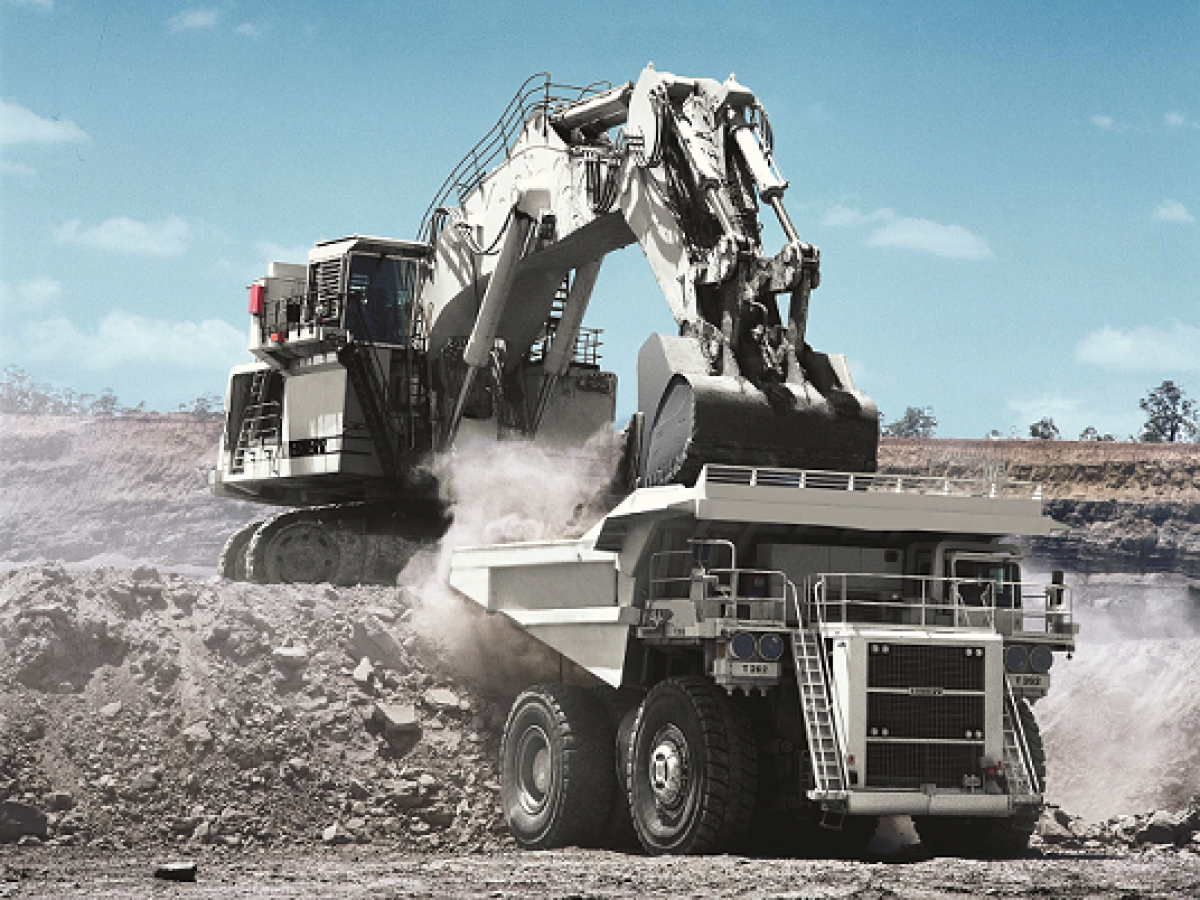

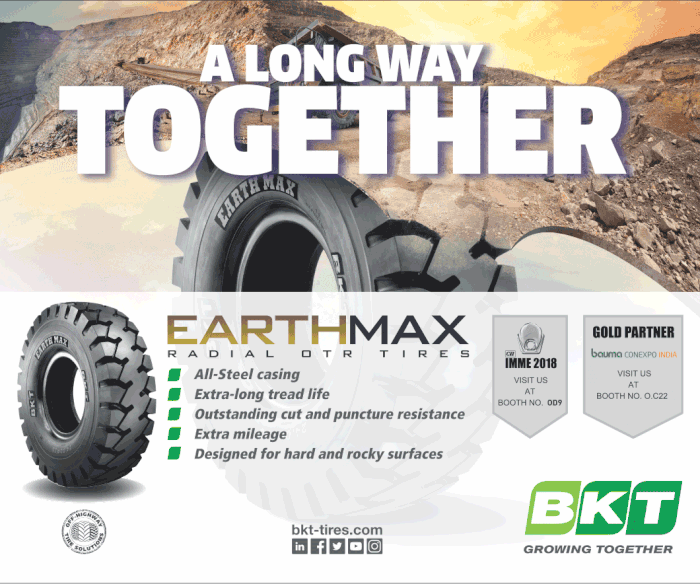
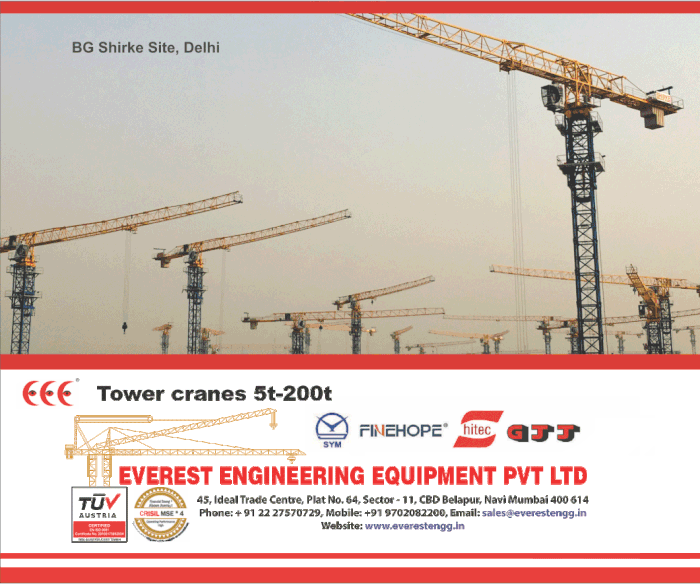
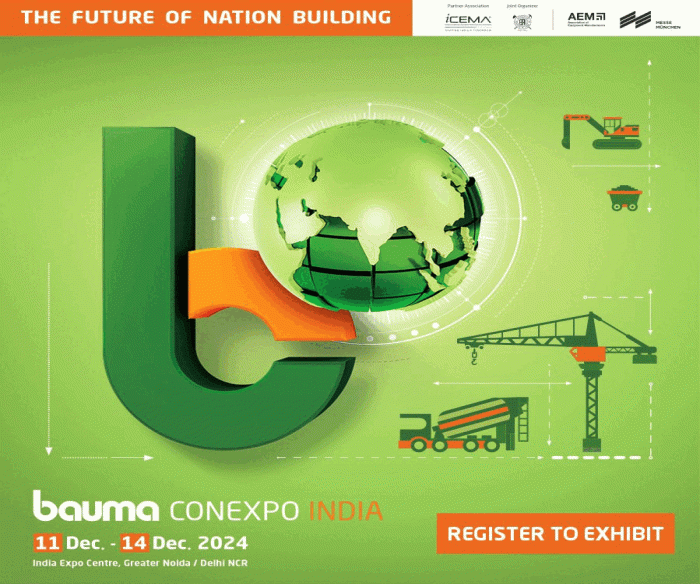
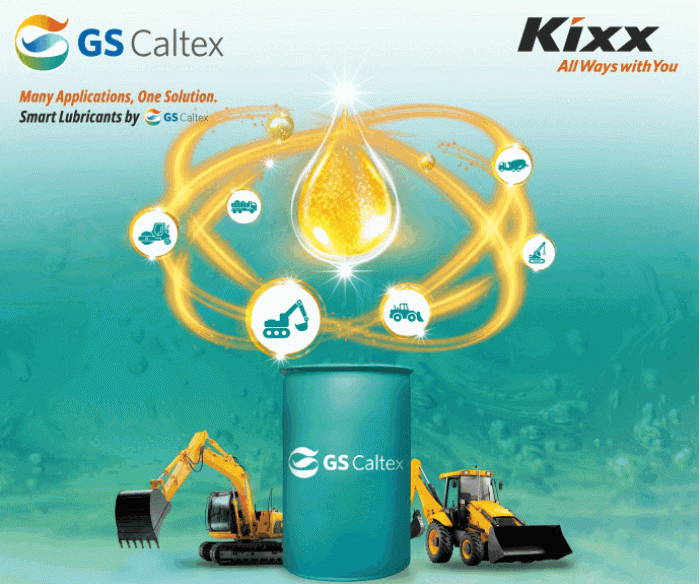
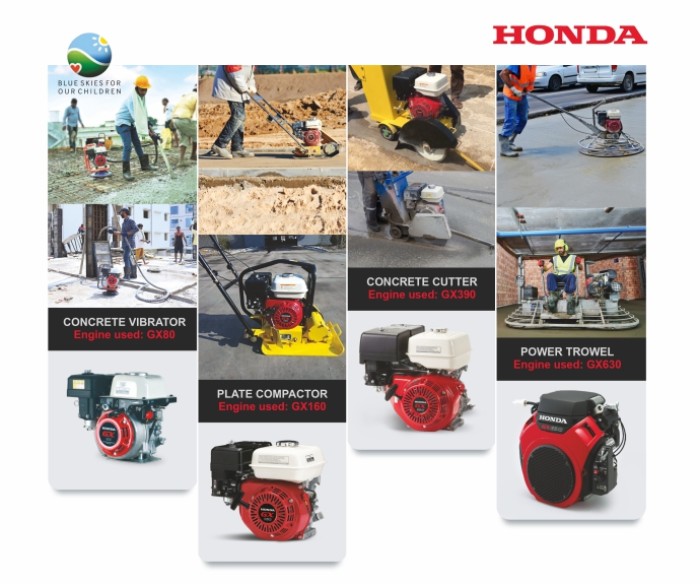
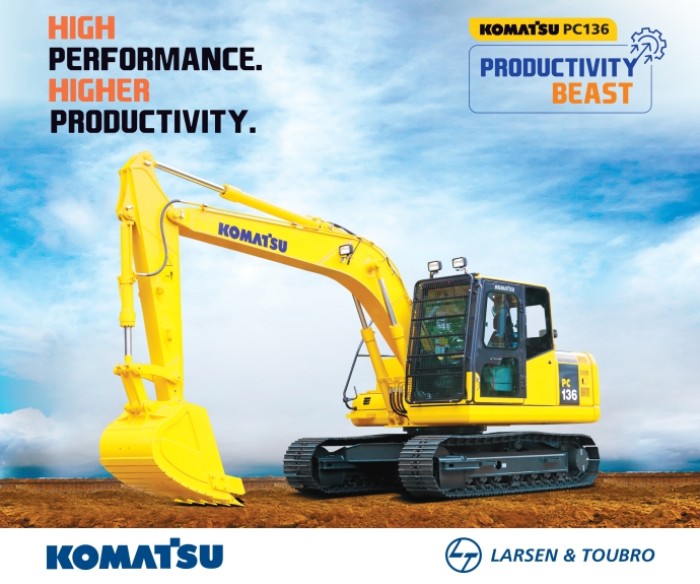
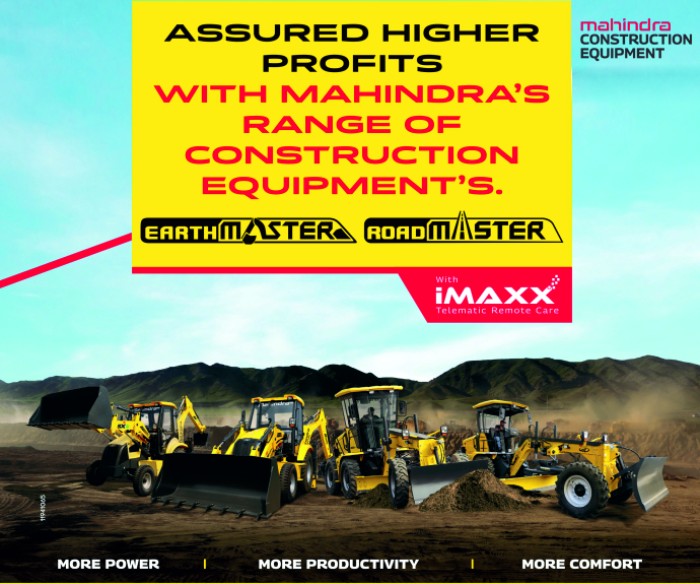
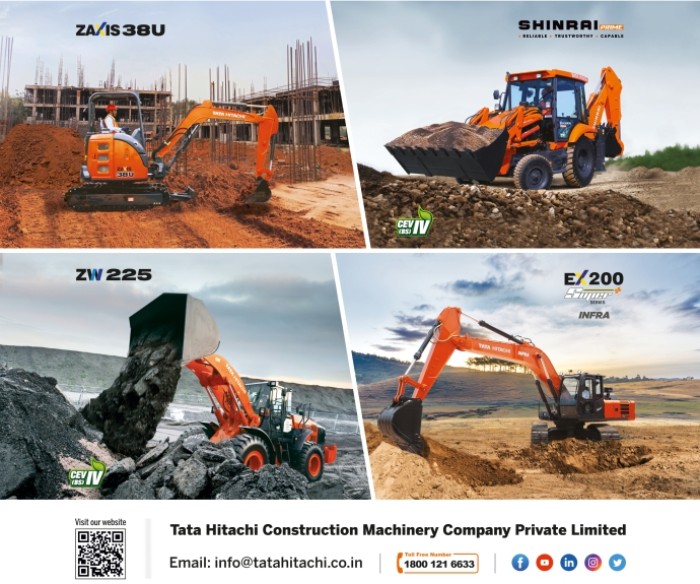



Leave a comment